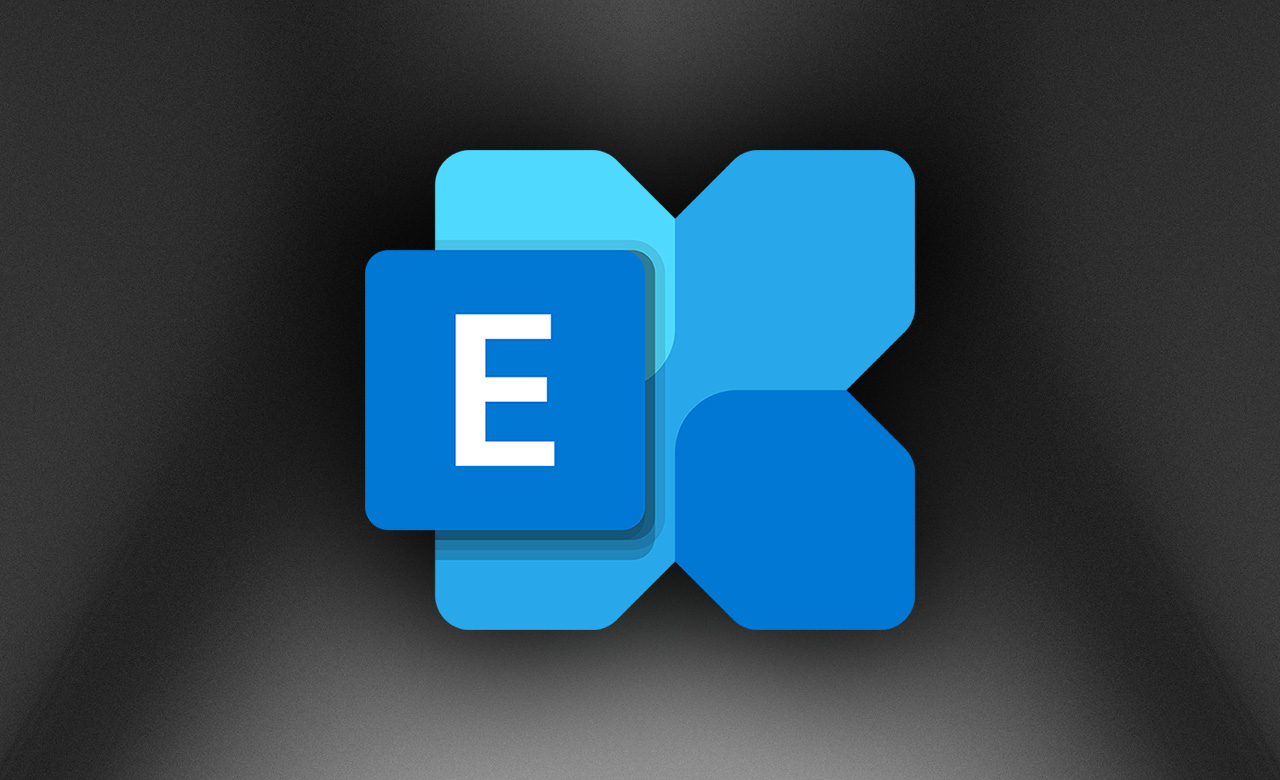


PFX file was created, this can be used to import the certificate onto the remaining server(s). PFX file so that the private and public keys can be imported to your other server(s).Įnsure that you export to. If you have multiple servers, you will need to export the completed certificate to a. Valid From and Valid To dates are correctĮnsure that the SAN entries are all correct.The wizard completes, and the certificate is installed.Īlways ensure that the certificate is correctly installed and the expected files are present. Browse to the signed CSR you obtained from the issuing CA.Īfter selecting the signed CSR file, we can complete the wizard. It may be necessary to change the file type in the browse window. Then we can select to Complete Pending Request If you forget to do this, then you will run into issues.Įnsure that you place the focus on the correct server, i.e.
#EXCHANGE 2010 POWERSHELL INSTALL#
You may need to manually install a new or updated intermediate CA. However, before proceeding ensure that you read the instructions. Once you receive the signed CSR from the CA, it can be used to complete the pending certificate. Please ensure your follow their process and documentation. Different CAs will return different certificate packages. Typically the CSR file is uploaded to the CA, which will then sign it. It is required to send the CSR to the CA so that the request can be processed and if approved, then signed. This can be seen in the Exchange Management Console.Īnd since the underlying OS holds the certificate, it can also be found in the Certificate Enrolment Requests container. Set-Content -Path "C:\CertRequest.req" -Value $CertDataĪt this point the CSR is not completed and is in a pending state.
#EXCHANGE 2010 POWERSHELL CODE#
Not seen below is the code which does the remote PowerShell file save.Īn example of this would be: $CertData = New-ExchangeCertificate -GenerateRequest -FriendlyName "Tailspin MultiDomain" -PrivateKeyExportable $true -SubjectName "CN=, O=Tailspintoys, L=Mississauga, S=Ontario, C=CA" -DomainName, ,, tailspintoys.ca,, ,, ,,

When complete, the PowerShell commands issued as shown. This can also be done using PowerShell though the syntax is a little more intense.Īfter clicking renew, the certificate signing request is saved. Helpfully it provides a nice UI to browse and save the certificate request file. The Renew Exchange Certificate wizard starts. The same option also appears when right clicking on the certificate. If we highlight the certificate we wish to renew, then additional content sensitive options appear on the right hand tool pane. This is especially important when generating the certificate as the request and completion operations need to be done on the same server. The second critical thing to remember is to chose the correct server. This will display the certificate management UI which was added in Exchange 2010 SP1.

The key to staring the operation is to place the focus on the Server Configuration in the left hand tree. Renewing Certificate Using Exchange 2010 MMC You can also review this post for CAS Namespace Planning. In my example, the below names are included in the request, though your names will vary. There is nothing more annoying than missing a name in the certificate or discovering there is a typo in one of the names when your are in the middle of a change window.


 0 kommentar(er)
0 kommentar(er)
